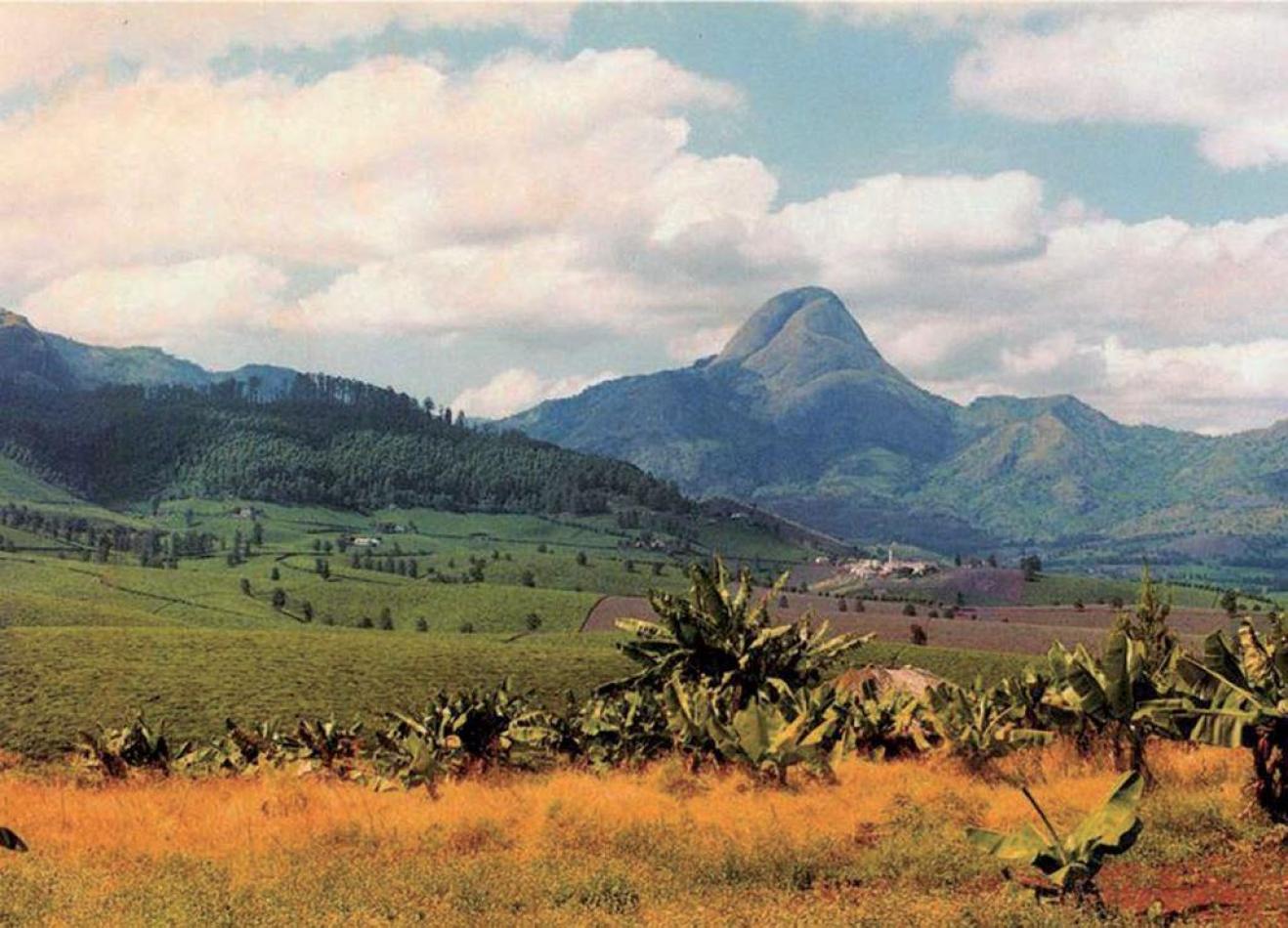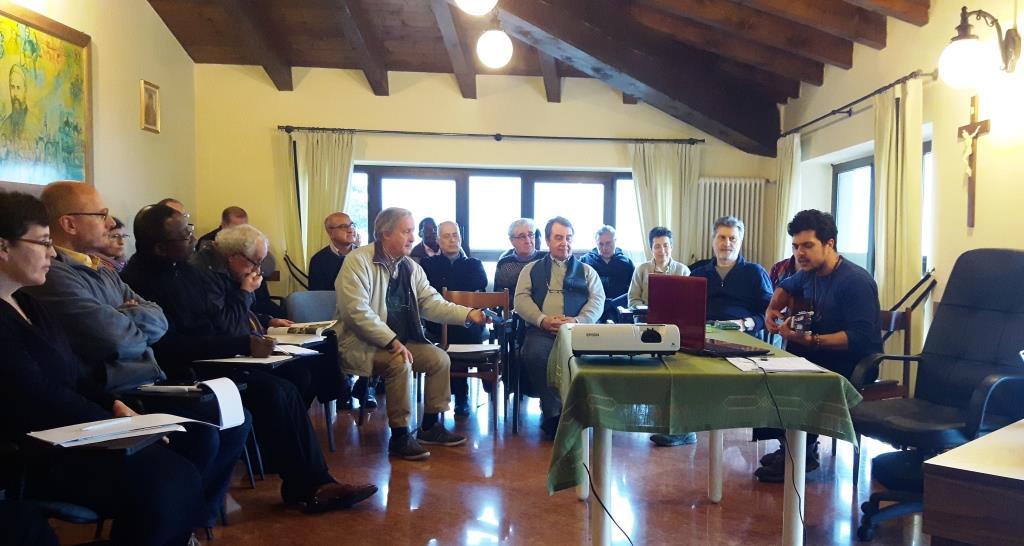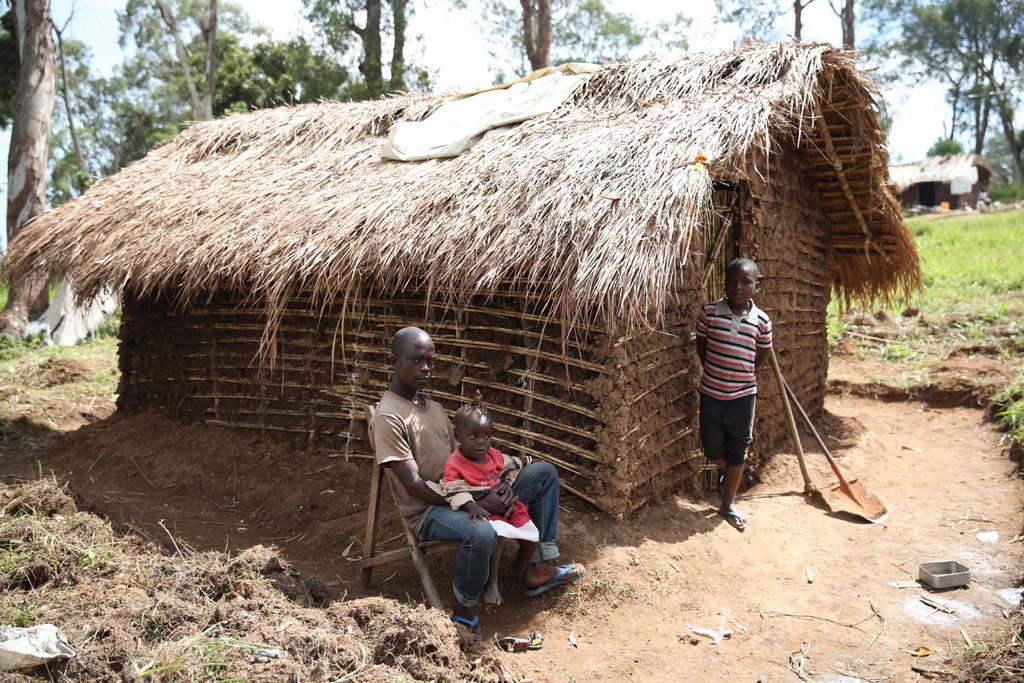Daniel Comboni
Comboni Missionaries
Institutional area
Other links
Newsletter
Saturday, November 9, 2024
The other side of the green transition. Small farmers, indigenous populations, and small rural communities are being crushed by large companies expanding their control over increasingly vast tracts of land. A phenomenon driven by the race for raw materials, the carbon credit market, and “green” energy development projects. [Antonella Sinopoli – Nigrizia]
This has been termed land squeeze, which essentially refers to the shrinking availability of land for those who live off it, or even merely survive from it. Land squeeze is more than just a reduction of space. It signifies scarcity, massive exploitation, intensification of crops, and pressure on agricultural lands for… environmental purposes.
It is another form of land grabbing which – according to experts – reached its worst point during the global financial crisis of 2007-2008. Africa is perhaps the continent that has experienced the worst of this. A recent IPES-FOOD report reveals that 15 years later, global land prices have doubled, land grabbing has returned with force, and farmers continue to suffer the consequences.
The report highlights widespread speculation, a new rush to seize land, for example, to exploit mines, establish mega-settlements, or for industrial farming.
Carbon credits
But above all, today it is carbon and biodiversity offset programmes that are impacting small farmers, indigenous populations, and small rural communities. These situations exacerbate poverty in rural areas, food insecurity, and land inequality, endangering the future of small-scale farming. The carbon and biodiversity offset markets – the report states – are facilitating access to vast territories and transactions that are bringing agricultural lands and forests under the control of large polluters.
In 2023, carbon offset markets were already valued at $414 billion globally, a figure expected to rise to $1.8 trillion by 2030. The fossil fuel giant Shell has allocated more than $450 million to offset projects. This so-called carbon offsetting is, beyond its initial intentions, causing severe damage.
Blue Carbon of the UAE
To begin with, about 25 million hectares of land in Africa have been taken over by a single company based in the United Arab Emirates, Blue Carbon, through deals with the governments of Kenya, Zimbabwe, Tanzania, Zambia, and Liberia. Obviously, this poses a great risk to pastoral and indigenous communities.
In Kenya, for example, to understand the effects of these agreements, last November saw the forced relocation of around 700 members of the Ogiek people, directly related to Blue Carbon’s investments.
Founded only a couple of years ago, Blue Carbon is a private agency of Sheikh Ahmed Dalmook Al Maktoum. Under the guise of “green solutions,” business and money win out as usual. Land and resources are being diverted to biofuels and green energy production – including green hydrogen or the conversion of agricultural land into solar parks, thus compromising local food production.
In short, we have moved from land grabbing to green grabbing. And as has already been pointed out, “almost 150 years after the first scramble for Africa, the narrative around ‘green transitions’ and Africa’s role in them is being shaped primarily in European capitals and for Western interests”.
In short, governments and powerful corporations are appropriating land for carbon offsetting areas, biofuel projects, and green hydrogen, which, moreover, require large amounts of water. These activities are masked as environmental initiatives, but in reality, they are harmful to both the climate and sustainability, shifting the burden of carbon emission reductions from northern polluters onto African lands.
Land deals on agricultural land
They do this while threatening the very communities that bear the greatest burden of climate change and displacing local farmers. As African Arguments reminds us, 20% of major land deals are already green grabs, and they often target indigenous lands – a figure that could increase in the coming years.
Global government commitments to carbon reduction already amount to nearly 1.2 billion hectares of land, approximately the same amount of land currently used globally for farming.
Additionally, according to the Land Matrix Initiative, Africa is at the forefront of the land-grabbing crisis in the Global South, with almost 1,000 deals recorded across the continent since 2000. Mozambique is the most affected country, with 110 large-scale land deals for agricultural land. This is followed by Ethiopia, Cameroon, and the Democratic Republic of the Congo.
Added to this, as we mentioned earlier, are mining activities, growing urbanisation, and infrastructure projects. The result is an exodus from rural areas that are too compressed and no longer income-generating, with farmers repositioning themselves towards wage labour. Today, about 90% of large-scale land deals divert land from local food production to the production of biofuels, commercial crops for export, oil, gas, and mineral extraction, or carbon offsetting.
Food sovereignty at risk
The principles of food security and sovereignty, first referenced at the World Forum held in Mali in 2007, are therefore at serious risk. For this reason, there has been a call for collaboration with popular movements around the world in preparation for the next meeting scheduled for 2025. This call is necessary, it states, “in the face of worsening climate change, rising hunger, the creeping takeover by multinationals in place of democracy, and overlapping social crises”.
See, L’altra faccia della transizione verde: Africa, dal land grabbing al land squeeze
Antonella Sinopoli – Nigrizia
Tradotto da: Jpic-jp.org




